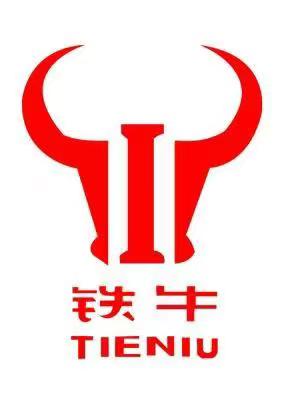The Ultimate Guide to Buying Tractor Equipment: New & Used
Deciding Between New and Used Tractor Equipment
When you start searching for tractor equipment for sale, one of the first and most significant decisions is whether to invest in a new or used machine. The choice isn't always straightforward and depends heavily on your budget, needs, and tolerance for risk.
New tractors offer the latest in technology, improved fuel efficiency, and peak performance right from the start. They come with the significant advantage of a manufacturer's warranty, which can provide peace of mind and protect you from unexpected, costly repairs in the initial years. Many new tractors also come with attractive financing options from dealers. However, the initial purchase price is considerably higher, and new equipment depreciates significantly within the first few years.
Used tractors, on the other hand, are a budget-friendly option, allowing you to get more for your money upfront. While they might not have the latest features, a well-maintained used machine from a reputable brand can be a reliable workhorse for many years. The main drawbacks are the lack of a warranty and the potential for a hidden or unknown maintenance history, which could lead to future repair costs.

The Essential Checklist for Inspecting Used Tractor Equipment
If you decide that a used tractor is the right choice for you, a thorough inspection is non-negotiable before making a purchase. A careful examination can save you from costly surprises down the road. Here’s a comprehensive checklist to guide you.
- Initial Walk-Around: Start with a visual inspection of the tractor's overall condition. Look for significant dents, rust, cracks in the body, or missing parts. The general appearance can offer clues about its past care and usage.
- Engine and Components: Lift the hood and examine the engine. Check for any signs of fluid leaks, cracked hoses, or heat-damaged parts. When you start the engine, watch for any unusual smoke colors or strange noises. Also, inspect the coolant, which should be clean.
- Hour Meter and Maintenance Records: The hour meter is a key indicator of a tractor's usage, much like mileage on a car. Tractors with lower hours generally have more life left, but this must be paired with maintenance history. Always ask the seller for any available service records to verify how well the machine was maintained.
- Tires and Undercarriage: Tires are a significant expense, so check them carefully. Look for deep cuts, cracks on the sidewalls, and ensure there is adequate tread left. The front and rear tires should be the correct size ratio for the tractor.
- Cab and Controls: Step into the operator's station. Check the condition of the seat, the visibility from the cab, and ensure all gauges and controls are legible and function smoothly.
- Hydraulics, Brakes, and Transmission: During a test drive, test the hydraulic system by operating any attachments, like a front-end loader. The movement should be smooth without unusual noises from the pump. Test the brakes, clutch, and shift through all the gears to check the transmission for smooth operation.
Top Tractor Brands to Consider
The tractor market is dominated by several key players known for their reliability, innovation, and performance. While brand loyalty is strong in agriculture, understanding the key players can help first-time buyers. The most consistently recognized top-tier brands include:
- John Deere: Often holding a significant market share, John Deere is one of the most recognizable brands, known for its extensive dealer network and investment in new technology like GPS guidance.
- Case IH: A major global brand with a reputation for producing powerful and efficient equipment, particularly its Farmall series of tractors.
- New Holland: Renowned for high-quality and durable tractors, New Holland is a strong contender, identifiable by its distinctive blue color.
- Massey Ferguson: As part of the AGCO portfolio, Massey Ferguson is a top-selling brand prized for its durable, reliable, and versatile tractors.
- Kubota: This brand has made significant headway in the market, especially with its compact and sub-compact models, offering durability and efficiency.
Understanding Essential Tractor Implements
A tractor's true value lies in its versatility, which is unlocked through various attachments and implements. The implements you need will depend entirely on the tasks you plan to perform. Some of the most common attachments include:
- Front-End Loaders: For lifting and moving materials like soil, gravel, or hay.
- Mowers/Cutters: For maintaining pastures or cutting thick brush.
- Plows, Harrows, and Tillers: Used for soil preparation before planting.
- Seeders and Planters: For precise and efficient planting of crops.
- Backhoes: For digging trenches or landscaping projects.
It's crucial to ensure that any implement you consider is compatible with your tractor's size, weight, and power takeoff (PTO) horsepower.

Navigating Financing for Your Tractor Purchase
Whether you're buying new or used, financing is a key component of the purchase process for most buyers. Fortunately, there are many options available.
Many dealerships for major brands like John Deere and Case IH offer their own financing programs, often featuring competitive rates and flexible payment schedules tailored to the seasonal nature of farming. There are also specialized agricultural lenders like AgDirect and Farm Credit that provide loans and leases for new and used equipment, even for purchases from dealers, auctions, or private parties. It's wise to explore your options and get pre-approved for financing to understand your budget before you start shopping. This puts you in a stronger negotiating position and helps you make a financially sound decision for your operation.
